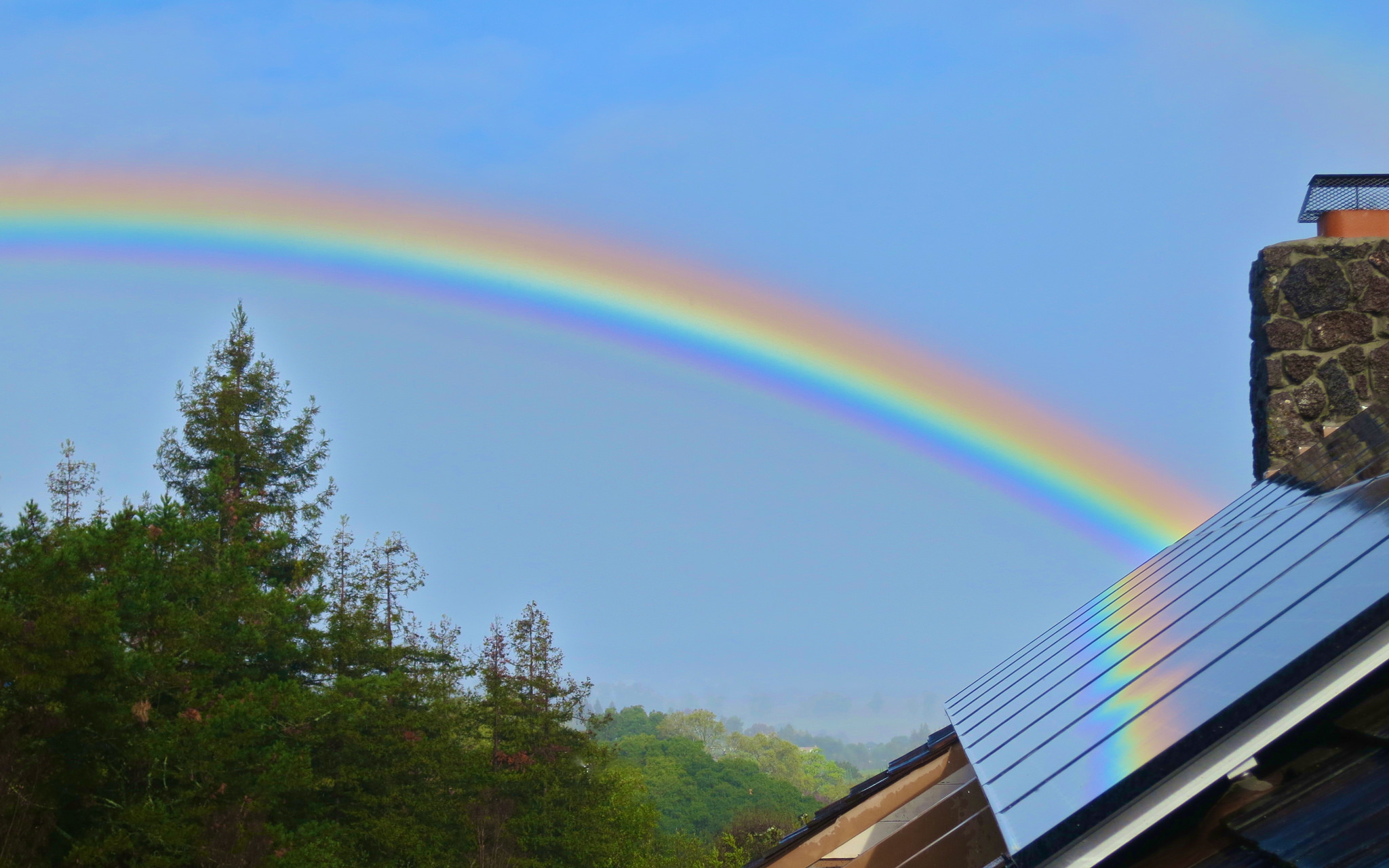
Living life in a way that means less waste and smart use of what you have was par for the course in previous generations.
My grandparents kept all the plastic bags from the supermarket for re-use. Old jars were filled with home-made jam. You were never sure what you would find in a margarine tub in the fridge – possibly half an onion or a piece of cheese, but almost never what was actually on the label. Food scraps were fed to the chickens, or composted for the garden, which was vast and productive – full of seasonal fresh fruit and veg year-round. Recycled water from the laundry kept it green and growing.
Having survived the Second World War, suffered through economic crisis, and then migrated to start again in a new country, waste was not a luxury they could afford. And it offended the value they placed on the precious resources they had. What we would now term sustainable living was a way of life for them, well beyond when it was financially necessary.
For generations that have followed, having stuff is far more taken for granted and simultaneously holds far less worth. We have more disposable income, to buy what we need as well as what we want. Consumer choice abounds. We throw things out once we’re done – and that goes for shopping bags as well as furniture. The age of scrimping and saving was put behind us. ‘Living without’ now means not having that second wide-screen TV. It’s less often about not having enough to eat or a place to live.
It is in this context of plenty that sustainability communications seeks to inform and change patterns of consumption, habits and our way of living. And that context is what makes it so hard.
For widespread action we now need to win the hearts and minds of the mainstream who, like my grandparents, are not inner-city hipsters, nor necessarily determined to achieve something for the greater environmental good.
So here are five ways I think we could communicate going green more effectively, to more people – and help deliver some of the changes we need to improve our communities and our planet.
1) Show me utopia: not Armageddon.
Talk of environmental degradation, climate change, the human population explosion, rising sea levels – it’s all so depressing. The issues are big, with unclear solutions that make action seem hard rather than necessary. Insurmountable challenges are de-motivating. If the world is going to end, what can my meagre contribution do to help? It’s disempowering.
So rather than painting a picture of catastrophe – we should start talking more about the amazing world that could be (economically, socially and environmentally) if we act now. What can we achieve by living more sustainably? How will our world be better? What does this new world look like? Why do I want to be a part of it?
2) Inspire without preaching.
Telling people how they should live is such an easy pitfall to dip into when it comes to communicating sustainable living. And while guilt can be a powerful motivator (just ask Catholics), in my experience it tends to have the opposite effect when it comes to curbing wasteful behaviours. No one wants a sustainability Grinch to tell them how to live.
Green communications need to inform us of our options, in a way that is free of value judgements on our way of life. Ditch any pious overlay. It’s not an easy tone to master, but when done well it inspires, advises, and gently encourages us to act, rather than degrading or bullying us into it.
3) Bust some myths.
There is a lingering sense of compromise that surrounds sustainable living; that it means giving something up. We don’t want to live like misers. We don’t want green choices to leave us significantly out of pocket either. And we want our sustainable substitutes to work just as well as whatever we would use instead.
But many of these concerns are myths – and our sustainability advice should avoid perpetuating them. Our focus should be less on what we need to give up and more about what we will gain.
4) Set achievable, aspirational goals.
Evidence shows public targets coupled with a feedback loop, that helps us track the impact of our small individual contributions collectively, are a powerful way to influence behaviour change.
Think about the regular reporting on damn levels during the drought. It served to cement the need for our legislated water saving – legally enshrined but near impossible to enforce without community buy-in. Later, this was coupled with new water saving goals – target 155 (litres/person/day). And the news (on TV, radio, online and in the papers) held us to account. Set right, and communicated well, targets are a winner.
5) Make it about me.
Sustainable living choices need to be aligned with an individual’s personal goals (saving money is often one of these, health may be another), and these need to be specific to the audience being addressed.
Selling sustainability on its environmental virtues alone will not be enough if that is not what motivates me. But we only need to look at solar to see what happens when green options collide with a favourable context (rising energy bills). Solar is now the new residential bling – as much of a status symbol as a four-wheel drive for many. It realises personal and macro-economic goals (saving money on bills, along with jobs and industry growth), empowers us in a confusing energy market where we feel beholden to behemoth companies, and helps the environment. Finding and communicating personally relevant outcomes, taps into our strong instincts for self-preservation and self-interest – and can help us deliver on the bigger picture.
And that is a picture of a world where happy communities, practice sustainable living in a way that’s par for the course, as my grandparents did. Because it makes sense, respects our finite resources, keeps us productive and fulfilled – and takes good care of the beautiful planet we have.

